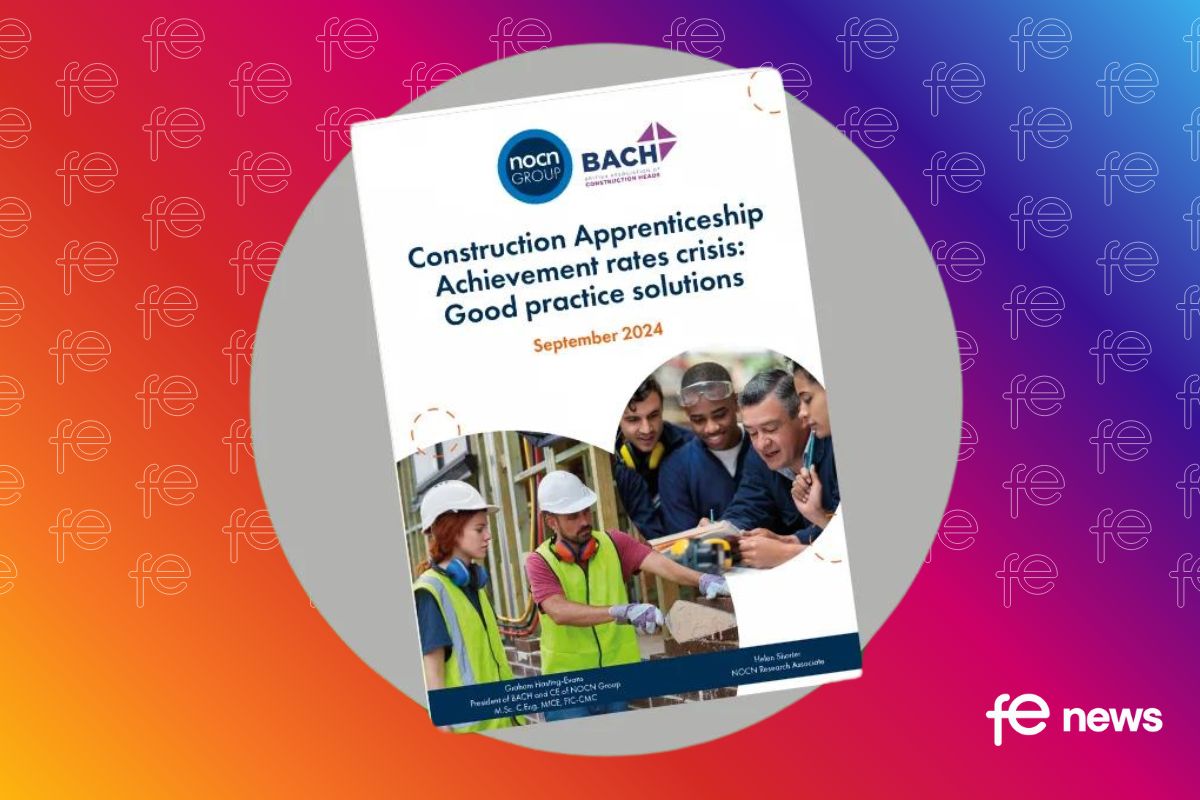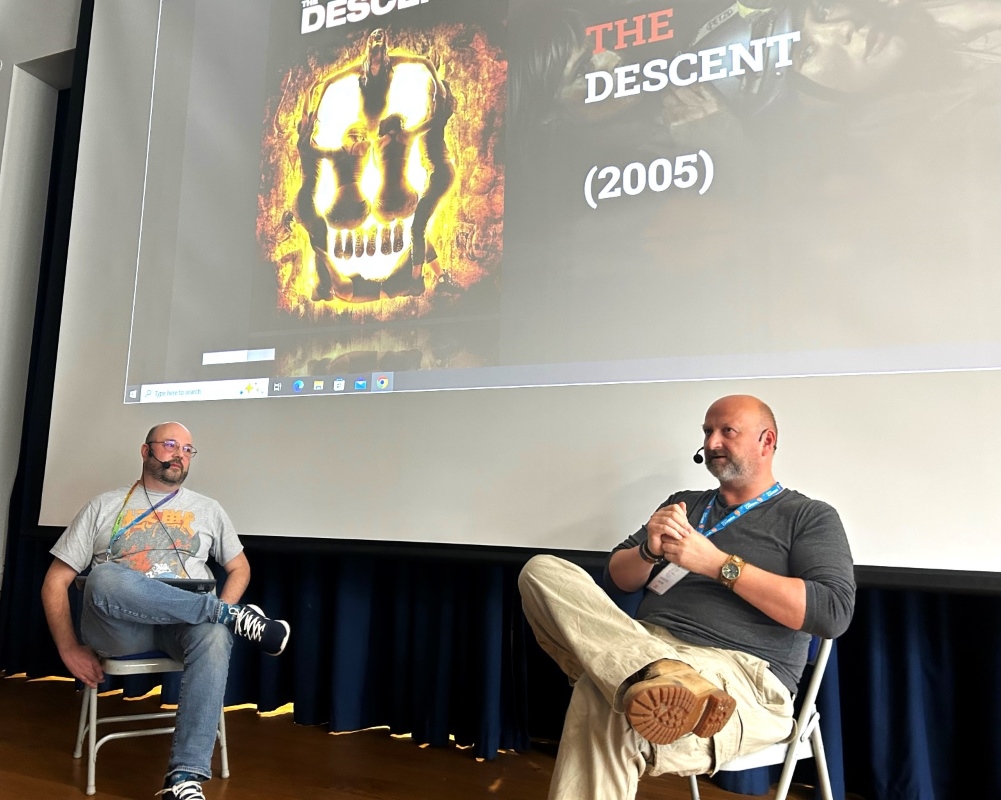Hundreds of millions in apprenticeship levy raised by public sector since 2018 has returned to government

The public sector has raised over £1.2 billion to create apprentices since 2018, but a quarter – over £300 million – has gone unspent, according to analysis of Freedom of Information data collected by Workwhile (@WorkwhileUK).
Workwhile, a not-for-profit that supports employers to create good-quality work, incubated by the IPPR, has found that hundreds of local authorities, NHS Trusts and police forces across England are not making full use of their apprenticeship levy.
The public sector is losing £1 in every £4 raised and retaining the levy for longer could have helped the sector create nearly 30,000 more apprentices. While some of the levy returned to Westminster has supported smaller employers in the private sector to create apprenticeships, millions more has returned to the Treasury to be spent elsewhere across Whitehall. This is despite the fact that the public sector faces a set of unique challenges – including a recruitment and retention crisis as well as acute financial distress.
The apprenticeship levy is ring-fenced for new apprenticeships, which means it cannot be spent on day-to-day services to prop up public services.
The apprenticeship levy, which is ring-fenced for new apprenticeships, meaning it cannot be spent on day-to-day services to prop up public services, is funded by all organisations with more than 250 employees, who contribute 0.5 per cent their annual pay bill to hire apprentices.
However, if an organisationdoesn’t spend it within 24 months, they lose it. Given NHS Trusts, local authorities and police forces created 37,500 apprentices in 2022-23, Workwhile argues that giving the public sector greater flexibility over retaining the levy could help increase apprenticeship starts by up to 20 per cent each year.
In adult social care alone, it is estimated that 10 per cent of roles were vacant last year. And across local government, its workforce has fallen by 900,000 in the last decade to fewer than two million employees in 2022 – the lowest since records began in 1991.
Workwhile is calling on the Government to review the apprenticeship levy as part of its Public Sector Productivity Programme, which aims to increase public sector productivity by 0.5 per cent per year. Public sector reform, it says, will support it to become more productive.
For its part, the Government has acknowledged the importance of creating apprenticeships in the public sector in the past, having established the Apprenticeship Levy Public Sector Target for public sector bodies in England, before it was scrapped in 2022.
Anna Ambrose, co-Founder and director of Workwhile, said:
“The public sector faces a recruitment and retention crisis. Local councils are struggling to retain top talent as their budgets are being slashed, police forces are now backfilling the officers made redundant a decade ago and NHS Trust provision could be affected by new immigration rules.
“Employers in England want to create more apprenticeship opportunities for their workforce, but they’re being hampered by an over-centralised, bureaucratic system.
“With £1 in every £4 unspent, giving the public sector greater control over creating apprenticeships is an essential part of the solution to crises facing the public sector and in doing so can ensure that communities have better access to more resilient services.”
- Responses were received from hundreds of public sector bodies, including local authorities, NHS Trusts and police forces.
- For information on public sector apprenticeship starts, visit the Department for Education’s ‘Percentage of public sector employees starting apprenticeships, headcounts and apprentice numbers by sub-sector, 2022-23.
- Skills for Care, the workforce development body for adult social care in England, estimated an average of 9.9 per cent of roles in social care were vacant in 2022-23, equivalent to 152,000 vacancies. For more information, visit here.
- For more information on the size of the public sector workforce – including local government – please visit the Office for National Statistics’ public sector time series dataset.











Responses